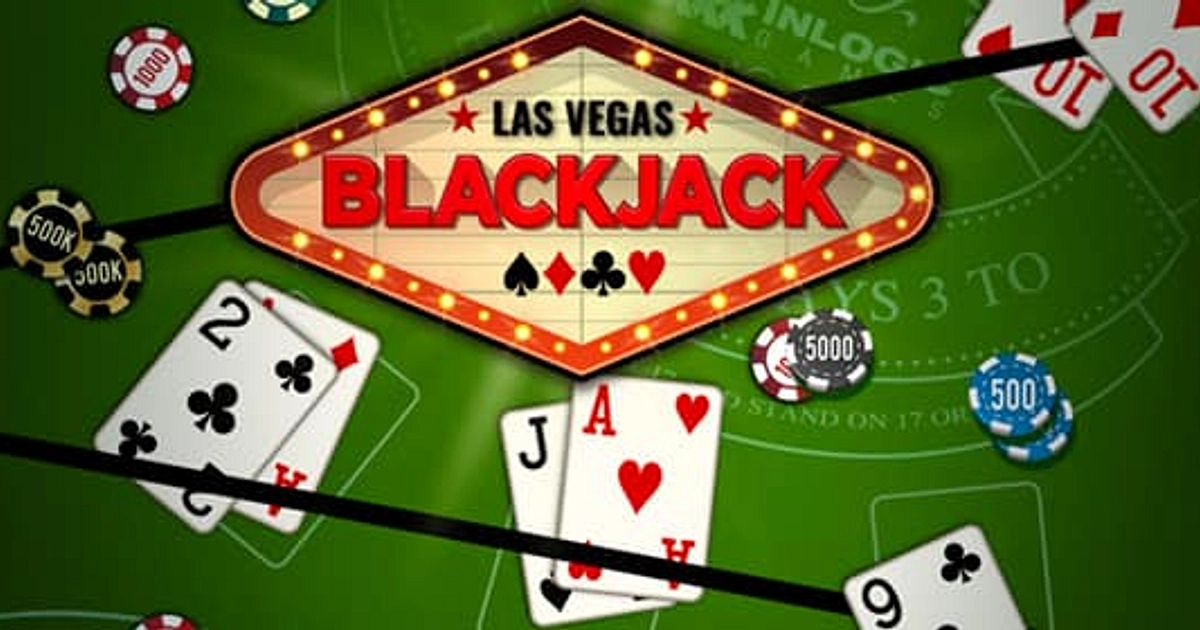
Blackjack is also known as twenty-one (21) or any. The rules are simple, the blackjack game is exciting, and there are many blackjack strategies. Moreover, if an experienced blackjack player plays a mathematically perfect round and knows how to count cards, the odds of winning are sometimes on his side.
But even for an amateur player who plays quite well, the odds in favour of the casino are slim, making blackjack one of the most attractive casino games available in 에볼루션카지노.
Although blackjack became popular in World War 1, the roots of the game can be found in France in the 1760s, where the game was called “Vingt-et-Un” (meaning 21 in French). Today, blackjack is the only casino card game that can be found in every casino and online casino. As a popular board game, it is played with slightly different rules. In the casino version, the house is also the dealer.
In a casino game, the dealer stands and the players sit. The dealer is responsible for managing all aspects of the blackjack game, from shuffling and dealing with the cards to managing the stakes. In the variant of the board game at home, all players have the opportunity to play the role of the dealer (the “changing bank”).
Korean Evolution is a popular 카지노사이트 where you can play BlackJack.
A deck of cards
A standard deck of 52 cards is used, but many casinos mix several decks of cards. The most popular is the game with six decks, i.e. with 312 cards. Also, the dealer uses a blank plastic card, which is never dealt, but is placed near the bottom of the deck to indicate when it is time to reshuffle the cards. When four or more decks are used, they are dealt from the box (a container that allows the dealer to draw one card at a time, face down, without having to hold one or more decks).
The goal of the blackjack game
Each participant tries to beat the dealer by getting a sum as close as possible to 21, without going over 21.
Ticket value and scoring
Each casino player decides for himself whether the ace (A) is worth 1 or 11. The jack, queen and king are worth 10, and all other numbered cards are worth what is indicated on the card (eg an eight is worth eight points).
Stakes
Before the deal begins, each blackjack player places a bet in chips, on the designated betting spot in front of them. The minimum and maximum stakes are determined, and they usually range from 5 HRK to 500 HRK.
Mixing and cutting
The dealer carefully shuffles the pieces of the deck until all the blackjack cards are shuffled. The dealer designates one player to cut the deck and a plastic card is inserted so that the last 60 to 75 cards are not used. (Stopping the deal before reaching the bottom of the deck makes it difficult for professional card counters to count.)
Sharing
When all players have placed their bet, the dealer deals one card face up to each player clockwise, then one card face up to himself. Each player is then dealt another round of face-up cards, but the dealer takes the other face-down card. So every blackjack player except the dealer gets two face-up cards, while the dealer gets one face-up card and one face-down card. (In some types of blackjack games, played with only one deck, the cards are dealt to the players face down and allowed to be held in their hands. However, in almost all blackjack games today, the cards are dealt to the players face up, with no player may not touch the cards.)
Blackjack
If a player’s first two cards are an ace and a card worth 10 points (jack, queen, king, or ten), making a total of 21 in the two cards, it is called a blackjack, and, or natural blackjack. If the player has a natural blackjack ( Ainc ) and the dealer does not, the dealer immediately pays the player an amount equal to 1.5 x his stake. If the dealer has a natural blackjack ( Ainc ), he immediately collects the stakes of all players who do not have natural blackjacks (but without an additional amount). If both the dealer and the player have natural blackjacks, that player’s bet is considered a draw (a tie) and the player takes his chips back.
If the dealer’s face-up card is a ten-point card or an ace, he will look at his face-down card to see if those two cards make a blackjack. If the face-up card is not a ten-point card or an ace, the dealer does not look at his face-down card until it is his turn to play.
Blackjack game dynamics
The first player from the left goes first and must decide whether to choose the “stand” option (not to ask for another card) or the “deal/hit” option (to ask for another card to try to get as close to 21 as possible or to hit exactly 21). So, the casino player can stay on the two cards that were initially dealt to him or he can ask the dealer for more cards, one at a time, until he decides to stop at a certain sum of cards (if the sum is 21 or less) or until he exceeds 21 (“too many”). / “bust”). In the second case, the player loses and the dealer collects the stakes. The dealer then turns to the next one the player is left to him and deals cards to him in the same way.
The combination of an ace with a card that is not worth ten points is also called a “soft hand” because the player can count the ace as a 1 or 11 and decide whether to draw more cards or not. For example, when the hand is a “soft 17” (ace and six), the total is 7 or 17. Although a total of 17 is a good hand, the casino player may want to draw for a higher total. If the deal causes a roll to go over 21 while the ace counts as 11, the player simply starts counting the ace as 1 and continues to play by either standing or dealing (asking the dealer for additional cards, one at a time).
Dealer game
When the dealer has served each player, the dealer’s face-down card is shown to the players. If the total is 17 or more, it must stop. If the total is 16 or less, he must take another card. The dealer must continue to draw cards until the total is 17 or more. Then, the dealer must stop. If the dealer has an ace, and counting the ace as 11 would bring him to a total of 17 or more (but not over 21), the dealer must count the ace as 11 and stand. The dealer’s decisions are therefore automatic in every game, while the player always has the option of taking one or more cards.
Signalling intentions
When it’s a player’s turn, he can say “deal / hit” or signal that he wants a card by scratching the table with his finger or two fingers in a motion towards him, or he can wave his hand in a gesture that we would normally say to someone “Come! “. When a player decides to stop, he can say “stop / enough / stand” or “no more” or signal this intention by moving his hand to the side, palm down, slightly above the table.
Sharing pairs
If the player’s first two cards are the same, such as two jacks or two sixes, he may choose to play them as two separate hands when it is his turn. The amount of the initial bet is then transferred to one of the cards, and an equal amount must be added as a bet to the other card. The player first plays a card from the left by standing or dealing one or more times; only then is the card on the right played. The two hands, therefore, are viewed separately, and the dealer pays or takes a stake in each of them depending on the outcome of the deal. If there is a pair of aces, the player receives only one card for each ace and may not draw any more cards. Also, if that ace is dealt a card worth ten points, the payout is equal to the stake (not one and a half times the stake amount, as is usually the case with blackjack).
Duplication
Another possibility available to the player is to double the stakes when the initial two cards dealt to the player have a total of 9, 10 or 11. When it is the player’s turn, he adds a stake equal to the initial stake, and the dealer deals him only one card, which is placed face down and it does not turn until all bets for that hand have been played. In the case of two fives, the player can split the pair, double down, or play the hand normally. Please note that the dealer cannot split pairs or double.
Blackjack insurance
When the dealer’s up card is an ace, any player can place an additional bet of up to half the amount of the initial bet that the dealer’s up card is a ten-point card, i.e. that the dealer will get a blackjack. When all such additional bets are placed, the dealer looks at the face-down card. If it’s a ten-point card, it’s turned up, and the insurance players win and are paid double their half-stake—the payout is 2 to 1. When the dealer gets a blackjack, of course, it’s game over, and the players’ main stakes are collected – unless the player also has blackjack, in the event of a tie. Insurance is not a good bet for a player unless he is fairly certain that there are a large number of undealt ten cards in the deck.
Payout/collection of stakes
A deposit once paid and collected is never returned. Therefore, one key advantage of the dealer is that the player plays first. If a player goes over 21, they have already lost their bet, even if the dealer also goes over 21. If the dealer goes over 21, the dealer pays each player who stopped the amount of that player’s stake. If the dealer has stopped at 21 or less, the dealer pays the players with the higher total (not exceeding 21) and collects the players with the lower total. If there is a tie (when the player has the same total as the dealer), chips are neither paid out nor collected.
Mixing again
When each player’s stake has been paid or collected, the dealer collects those players’ cards and places them face up on their sides, on a clear plastic L-shaped shield. for re-mixing. When that round of play is over, the dealer shuffles all the cards, prepares them for cutting, puts them in the box, and the game continues.





